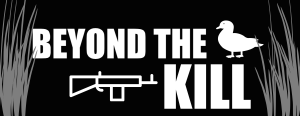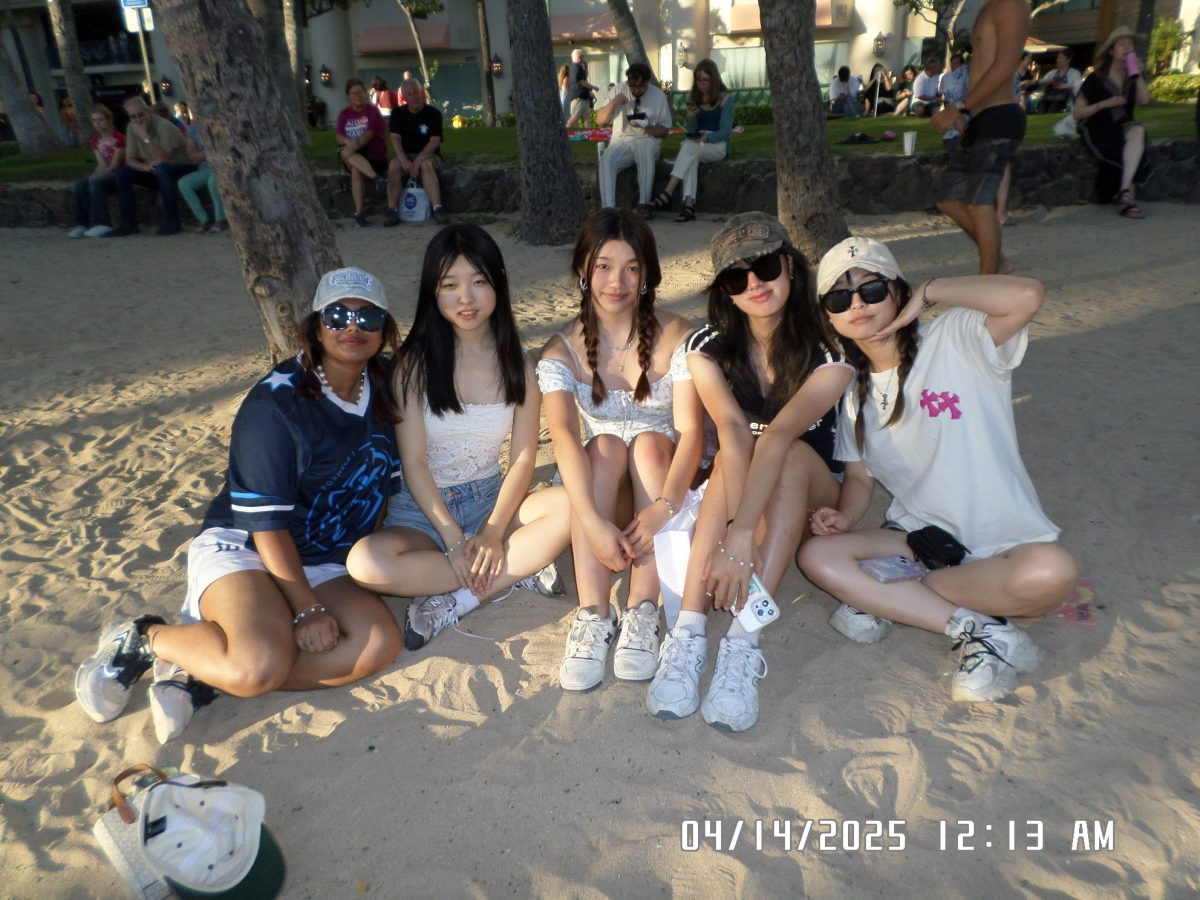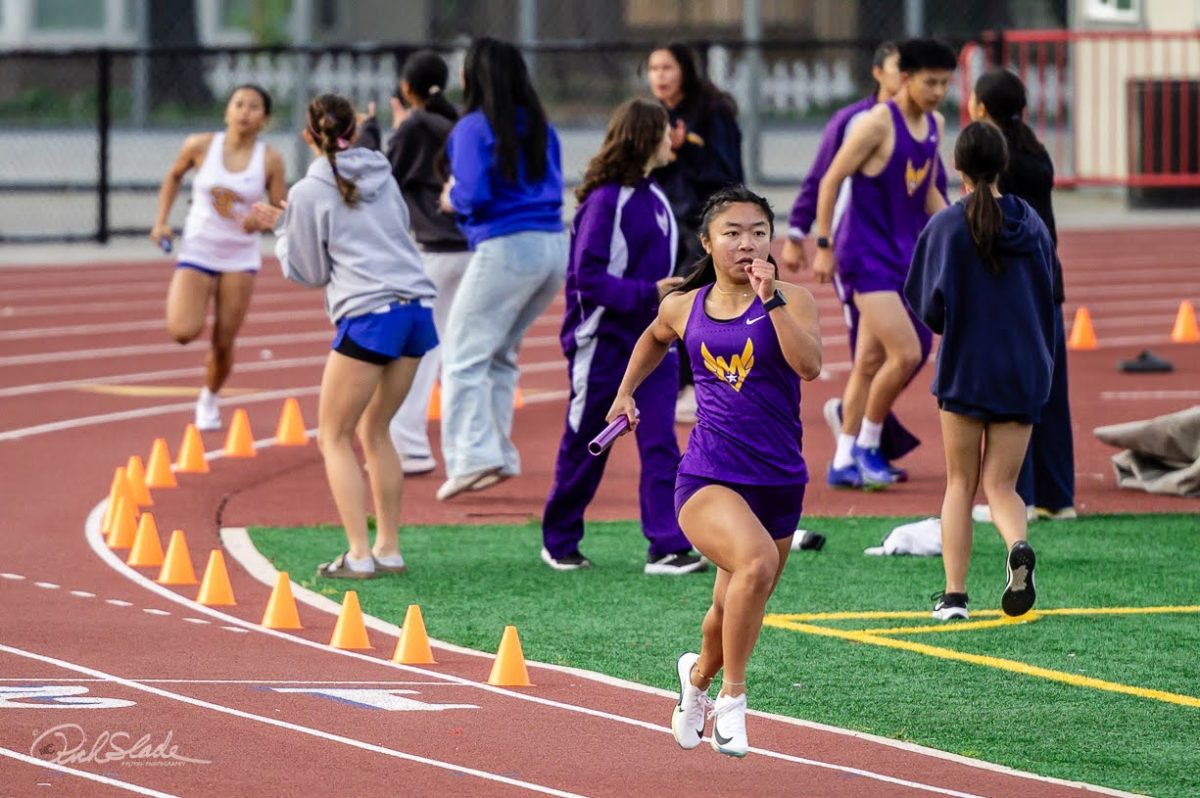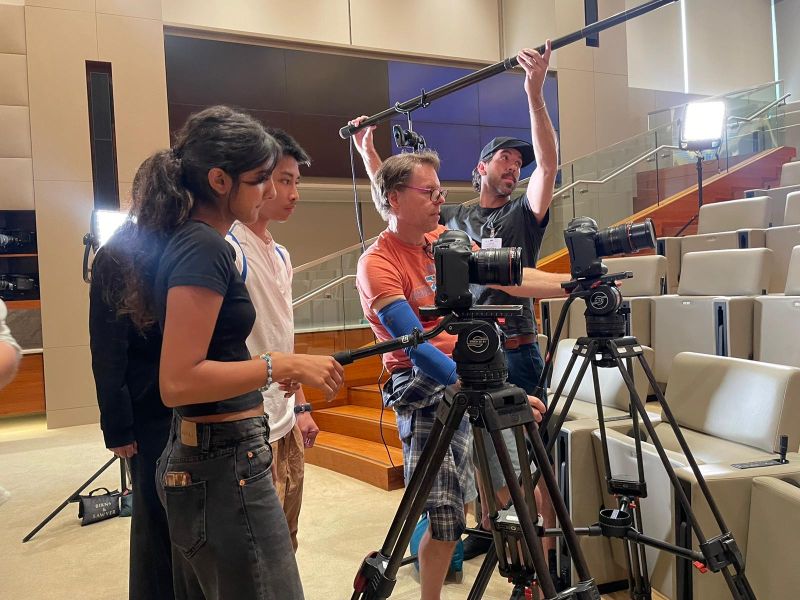 Junior Nick O’Neill crouches in the camouflaged hunting blind and waits to see if his dad or cousin are going to make any more calls. They’ve been out from 6 a.m. to past noon, a long period of time for any type of hunt. O’Neill and his family are about to leave when they look through the small opening of the blind and see three more ducks approaching, circling around the decoys that have been carefully set in the water around them. One of the ducks is a pintail duck, and O’Neill marvels at its beauty. The ducks obliviously come up right in front of the camouflaged blind.
Junior Nick O’Neill crouches in the camouflaged hunting blind and waits to see if his dad or cousin are going to make any more calls. They’ve been out from 6 a.m. to past noon, a long period of time for any type of hunt. O’Neill and his family are about to leave when they look through the small opening of the blind and see three more ducks approaching, circling around the decoys that have been carefully set in the water around them. One of the ducks is a pintail duck, and O’Neill marvels at its beauty. The ducks obliviously come up right in front of the camouflaged blind.
The three hunters position their shotguns and fire. The ducks fall to the ground.
They are only allowed six ducks per person, because the warden has certain limits set in place. They finally stop, for with this last kill, they’ve reached their maximum of 18 ducks.
Although it was a common practice in America a few centuries ago, only about six percent of the country’s population — 13.7 million people — hunt today. Hunting has become a controversial sport throughout the years, with many arguing that killing animals is immoral and that hunting does little to regulate wildlife populations.
To O’Neill, however, hunting is an ethical activity.
“It’s free, and it’s also harder to get than just walking into a river and picking up frozen chicken,” O’Neill said. “It’s way better for you. We don’t know what it’s in the chicken [at grocery stores], but we know that these are rice-fed duck and geese… non-GMO.”
The process of getting ready for a hunt is a long and meticulous one, and contrary to what others assume, it is not just making the kill.
Hunting has always been in sophomore Josh Ploshay’s family. He had gone on hunts when he was younger, and obtained his hunter’s license when he was 11 years old. Before getting a license, he took a mandatory course about the laws, safety and morals, and anything else regarding hunting. A score of 95 percent or below would result in a retake.
After getting the license, Ploshay explains, there is much preparation that goes on before the hunt.
“You need to schedule a hunt, whether it’s public land or it’s private. You have to read all the regulations to make sure everything’s legal,” Ploshay said. “You need the right amount of clothing depending on what you’re doing… You need the correct ammo for whatever gun you’re using, and this could take up to multiple days.”
A typical day of hunting involves getting up in the early hours of the morning to prepare supplies — gloves, weapons and first aid kits, to name a few — to allow enough time to get to the hunting spot. After hiking for a couple of miles, depending on what type of prey they are looking for, the hunter is either stationed in one spot or moves around continuously in order to make the catch. After making the kill, the cadavers are cleaned and taken back to camp.
“Whatever you shoot, you must eat,” Ploshay said. “So if you shoot a deer, you have to eat all of that deer, just so it won’t go to waste.”
Junior Ian McCulloch is against the killing aspect of hunting, but hunts anyways because he likes the challenge of trying to find game and considers hunting to be more about the skill it requires. He hunts as part of his job. McCulloch takes care of the horses at Garrod Farms, a ranch up in the Saratoga Hills. Part of that job requires eradicating pests such as squirrels and rabbits.
McCulloch started target shooting at a young age, and often visited his relatives in Kentucky every summer to go fishing on Kentucky Lake. Since many people both fish and hunt, he figured that he would give hunting a try as well.
“Some people, when they hunt, will just set up a food stand or a salt rig and then deer and game will just come to it, but I prefer to walk around and just try and find the game when hunting,” McCulloch said. “If you just wait for them to come to you, any idiot can just shoot something with a rifle from 15 feet away.”
All three hunters agree that there are certain rules and morals that must be followed, such as eating what is killed, but none of them see hunting as an act of cruelty.
“If, say, a duck goes down and we can’t find it, I feel a little bit guilty because we can’t find it. But usually most of the time, we bring it back, we wring its neck to make sure it’s completely dead. So it’s not really torture,” O’Neill said. “I don’t really feel bad anymore… it’s what the Native Americans did, it’s just a way to get your food.”
The kill is only a small part of the hunt itself. The entire experience as a whole is a memorable one: The joy of hunting comes from working together with someone to flush out prey, the anticipation of tracking an animal, the feeling of accomplishment after bringing the ducks back into the hunting blind.
“Going out that early really sucks, but getting to watch the sunrise and everything while you’re out doing some skillful stuff in nature, it’s a pretty good experience,” McCulloch said. “It’s not all about killing.”







